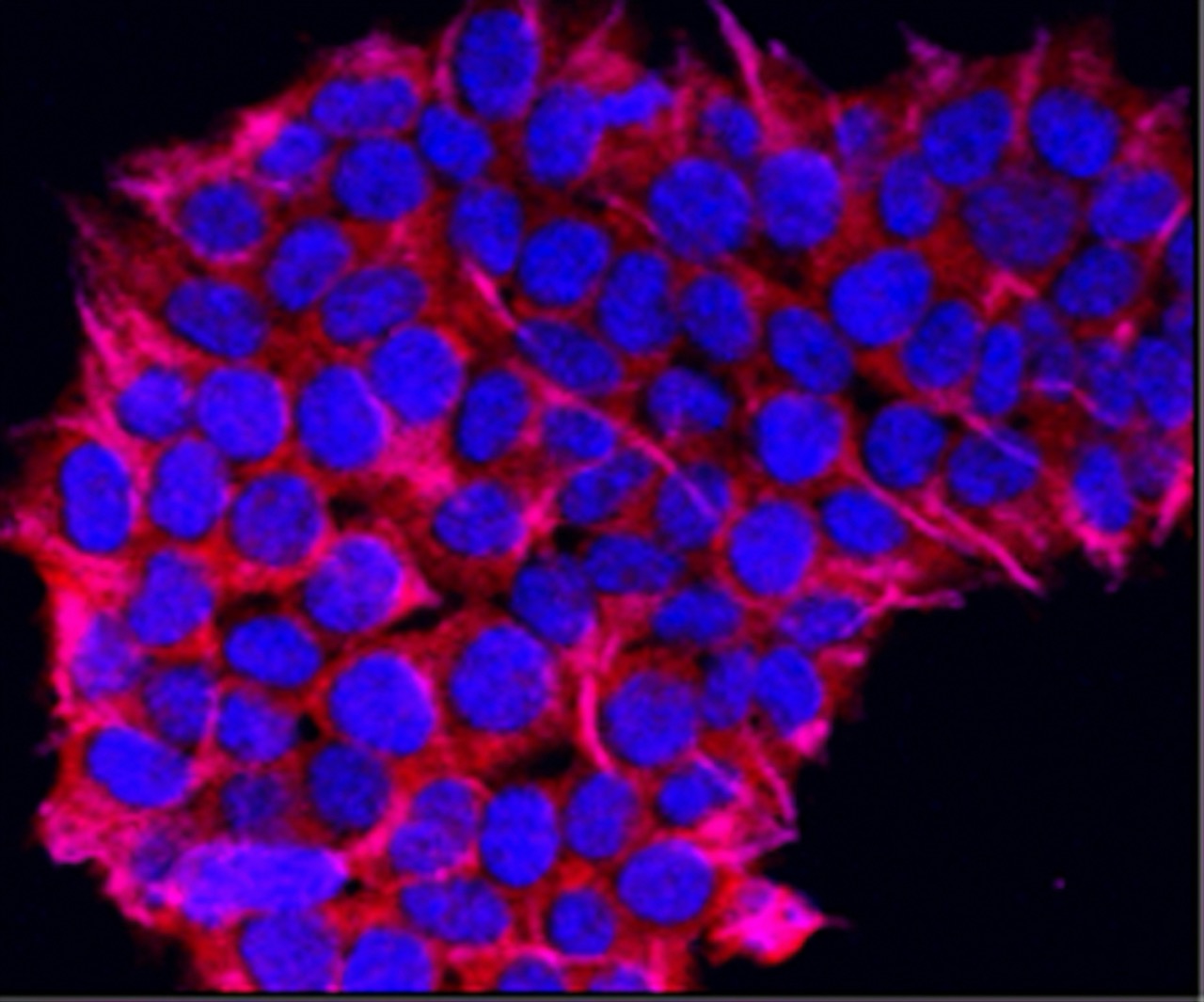Human Papillomavirus (HPV) is a common sexually transmitted infection that affects millions of individuals worldwide. Understanding the nature of HPV, including its transmission, types, and the body’s ability to clear the virus, is crucial for effective management and prevention. Although most HPV infections resolve spontaneously, some strains can lead to significant health issues. This article explores the complexities of HPV, focusing on the body’s immune response, factors affecting clearance, and when professional medical intervention is necessary.
Understanding HPV: Types, Transmission, and Prevalence
HPV encompasses over 200 different types of viruses, categorized into low-risk and high-risk strains. Low-risk types, such as HPV 6 and 11, are often associated with benign conditions like warts, while high-risk types, including HPV 16 and 18, are known to contribute to various cancers, including cervical, anal, and oropharyngeal cancers. This distinction underscores the importance of understanding one’s HPV status to manage potential health risks effectively.
Transmission of HPV occurs primarily through intimate skin-to-skin contact during sexual activity, including vaginal, anal, and oral sex. It is noteworthy that HPV can be transmitted even when an infected person shows no symptoms or visible signs of the virus. According to the Centers for Disease Control and Prevention (CDC), nearly 80 million Americans are currently infected with some form of HPV, and around 14 million new infections occur each year. The high prevalence of HPV emphasizes the need for public health awareness and preventive measures.
Despite its prevalence, many individuals may not realize they have HPV, as most infections do not cause any symptoms and are cleared without intervention. However, certain high-risk types can persist and lead to serious health complications. This points to the importance of regular screening and vaccinations, which can significantly reduce the risk of HPV-related cancers.
The Body’s Immune Response to HPV Infections
The human immune system plays a critical role in combating HPV infections. In most cases, the immune system successfully recognizes and eradicates the virus within one to two years after infection. This natural defense mechanism is primarily due to the body’s ability to produce antibodies and activate specific immune cells that target and eliminate infected cells. As a result, a significant proportion of HPV infections resolve spontaneously, with studies indicating that around 90% of infections clear without causing any health problems.
The process of immune clearance involves both innate and adaptive immune responses. The innate response acts as the first line of defense, while the adaptive response provides long-term immunity through the creation of memory cells that can better recognize and respond to future infections. This dual approach helps the body maintain a balance between effectively fighting the virus and preventing persistent infection.
However, the effectiveness of the immune response can vary greatly among individuals. Factors such as age, overall health, and the presence of co-infections can influence the body’s ability to clear HPV. Younger individuals tend to have stronger immune responses, which may explain why HPV infections are more likely to be cleared in adolescents and young adults compared to older populations.
Factors Influencing HPV Clearance in Individuals
Several factors can influence an individual’s ability to clear HPV from their system. Age is a significant determinant, as younger individuals generally exhibit a more robust immune response compared to older adults. Research indicates that individuals under the age of 25 have higher clearance rates, while older age groups may experience persistent infections due to age-related declines in immune function.
Additionally, lifestyle factors such as smoking, nutrition, and stress levels can also impact immune efficacy. Smoking, for instance, has been linked to a decreased ability to clear HPV, as it can weaken the immune system and create an environment conducive to persistent infections. A well-balanced diet rich in vitamins and minerals, along with stress management practices, can bolster immune health and support the body’s natural defense mechanisms.
Moreover, co-existing medical conditions, such as HIV or other immunocompromising conditions, can hinder the immune system’s ability to eliminate HPV. Individuals with weakened immune systems are at a higher risk for developing HPV-related complications, emphasizing the need for proactive health management in affected populations.
When to Seek Medical Advice for HPV Management
Understanding when to seek medical advice for HPV management is vital for maintaining health and preventing complications. Individuals who receive an abnormal Pap smear result should consult their healthcare provider for further evaluation, as this may indicate the presence of high-risk HPV types. Regular cervical cancer screenings, starting at age 21, are essential for early detection and management of potential HPV-related changes.
Additionally, individuals who experience persistent symptoms such as genital warts or other unusual changes in their genital area should seek medical evaluation. While many HPV cases resolve on their own, persistent symptoms may warrant further investigation to rule out complications or other sexually transmitted infections. Healthcare professionals can provide appropriate treatments and interventions based on individual circumstances.
Lastly, individuals who are concerned about their HPV status or potential exposure should engage in open discussions with their healthcare providers. Vaccination against HPV is an effective preventive measure that can significantly reduce the risk of acquiring high-risk types. Being informed about HPV and available preventive strategies is crucial for proactive health management.
In summary, while many HPV infections resolve spontaneously due to the body’s natural immune response, understanding the nuances of HPV types, transmission, and individual factors influencing clearance is essential. Awareness of when to seek medical advice can enhance prevention and management efforts. By taking proactive steps, including vaccination and regular screenings, individuals can mitigate the risks associated with HPV and maintain better overall health. Engaging with healthcare professionals is key to navigating the complexities of HPV and ensuring appropriate care.










